
AMIS Market Monitor Examines Market Trends, Supply and Demand
The Agricultural Marketing Information System (AMIS) has released the second edition of its Market Monitor . The publication provides the latest news related to AMIS, as well as in-depth data regarding trends in the world food market, supply-demand balances, and price indices.
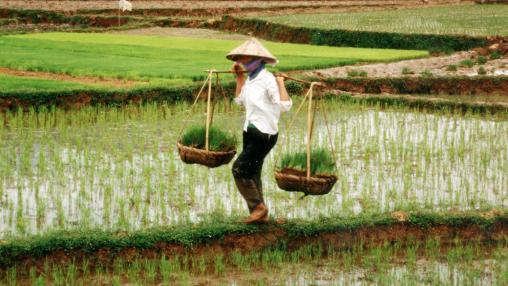
USDA Report Sees Small Changes from Previous Month
The USDA today released its latest World Agricultural Supply and Demand Report . The report continues to see reduced global production estimates for wheat, maize, and soybean. Global rice production, on the other hand, is expected to reach a near-record 464.2 million tons. The changes seen in this month's report are relatively small and were anticipated based on recent price trends.
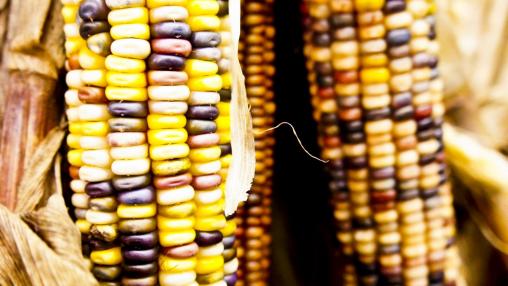
Maize, Wheat Prices Stable; Soybean Prices Remain Volatile
As poor weather continues to hammer crops in the US, all eyes are on the impact the drought will have on global food prices. It is important for policymakers to look at all the information surrounding food prices, including price volatility. IFPRI's Excessive Food Price Variability Early Warning System provides reliable daily monitoring of food prices and price volatility, based on sophisticated statistical modeling (NEXQ: Nonparametric Extreme Quantile Model).
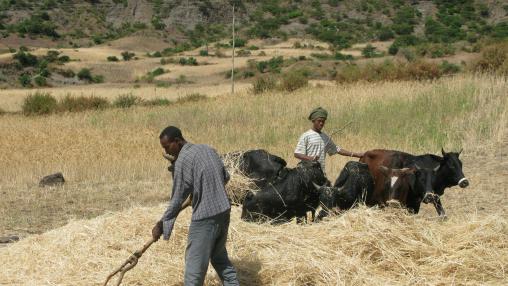
USDA Releases World Agricultural Supply and Demand Estimates
The USDA has released the latest World Agricultural Supply and Demand Estimate. This report provides comprehensive forecasts of supply and demand for major U.S. and global crops and livestock.
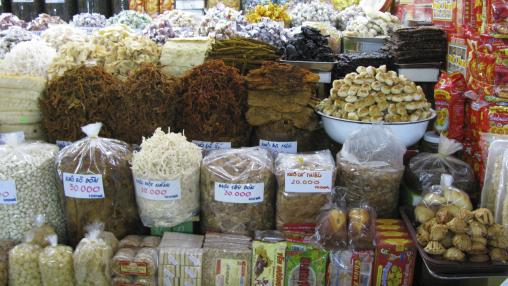
Food Price Index Sees Rebound in July
The latest FAO Food Price Index was released today, citing an increase of 12 points from June. While the Index averaged 213 points in July, it remains well below the peak levels reached in February 2011.
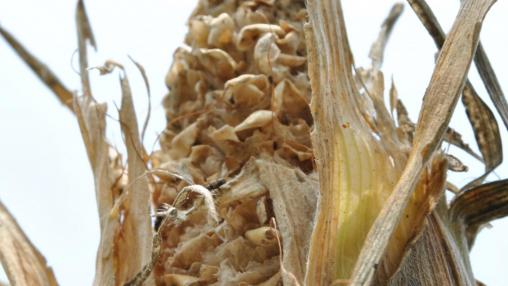
Global Maize Markets Experiencing Excessive Price Volatility
Global maize markets are currently experiencing a period of excessive price volatility. This is the first such period since June 2011 and can be largely attributed to conditions in the Midwest United States, which is experiencing the worst drought in 56 years. The United States is the world's largest maize exporter.

Global Soybean Prices Experiencing Excessive Volatility
Global soybean prices hit an all-time high on Monday in the wake of continuing hot, dry weather across the US Midwest. In addition to pushing prices higher, the drought and subsequent declining soybean stocks and lower expected exports are also causing a period of excessive price volatility in the commodity. It is the first time such a period has been seen for soybeans since December 2010.
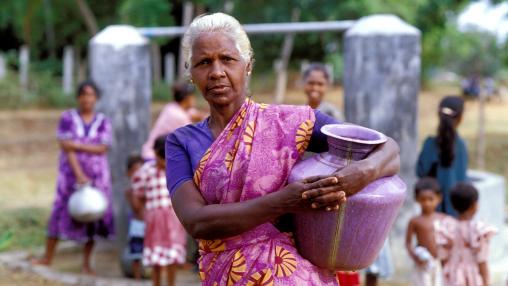
New Global Atlas Examines Potential for Increased Agricultural Productivity
Agricultural productivity is an increasingly hot topic worldwide, particularly after last week's G20 Summit (read the Interagency Report on increasing agricultural production ). If current estimates of global population growth are correct, farmers will need to roughly double the world's current food production in order to feed 9 billion people by 2050. Climate change presents an additional challenge, with changing weather patterns and severe weather events undermining farmers' ability to even maintain current production levels.
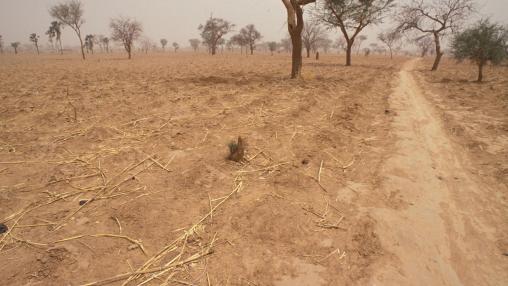
Could Weather Indexed Insurance Replace Food Aid to Africa?
The 2011 Horn of Africa food crisis brought the stark reality of weather-related shocks to the world’s attention, as the region’s worst drought in 60 years led to widespread crop failures and skyrocketing food prices and plunged millions of people into severe hunger and malnutrition. An early, effective response could have prevented the kind of widespread tragedy seen in the Horn of Africa in 2011, reducing mortality rates and malnutrition of young children, as well as helping families get back on their feet after the drought.
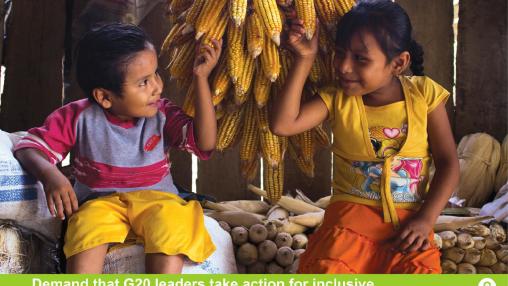
Food Security Should Top G20 Agenda
As the 2012 G20 Summit begins today in Los Cabos, Mexico, governments and institutions around the world are urging G20 leaders to focus on food security and nutrition. According to IFPRI's 2011 Global Hunger Index , hunger remains a devastating problem in many areas of the world: more than 50 countries are experiencing "extremely alarming," "alarming," or "serious" levels of hunger.